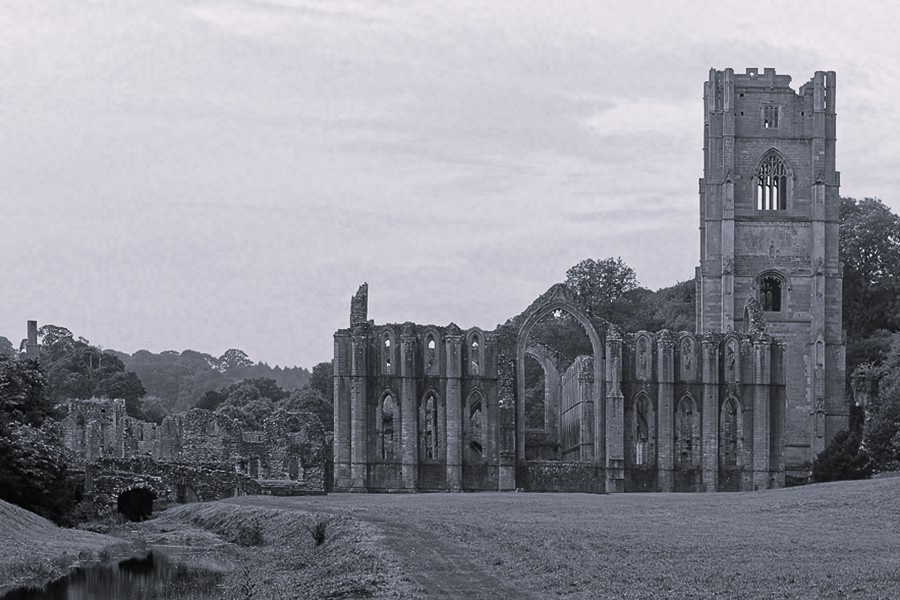Of all the changes associated with the English Reformation, probably none affected the nation’s landscape and built environment more profoundly than the dissolution of the monasteries. In just four years, from 1536 to 1540, the monastic houses which had grown up across England during the previous nine centuries were systematically destroyed. In all, roughly 900 religious foundations in England, housing a total of 4000 monks, 3000 canons, 3000 friars, and 2000 nuns, were closed down and either demolished or left to decay.
The dissolution offers a good illustration of how incremental policies can ultimately have devastating consequences. In early sixteenth-century England, there were some who regarded monasticism with growing scepticism and even disapproval, but this would probably not have generated enough hostility to cause the dissolution had it not been for the growth of Protestant ideas from the 1520s onwards and then Henry VIII’s break with Rome in 1533-4. Henry’s chief minister, Thomas Cromwell, stood in the vanguard of both these developments.
As Supreme Head of the Church in England, Henry appointed Cromwell as his vicegerent in spirituals to assert royal authority over the monasteries. In 1535, Cromwell ordered a visitation that compiled a survey of monastic wealth known as the Valor Ecclesiasticus. This provided the rationale for an act of Parliament in 1536 that ordered the suppression of all monastic houses with an income of less than £200 a year. The act justified this step on the grounds that “manifest sin, vicious, carnal and abominable living is daily used and committed among the little and small abbeys, priories and other religious houses…where the congregation of such religious persons is under the number of twelve persons.”

























